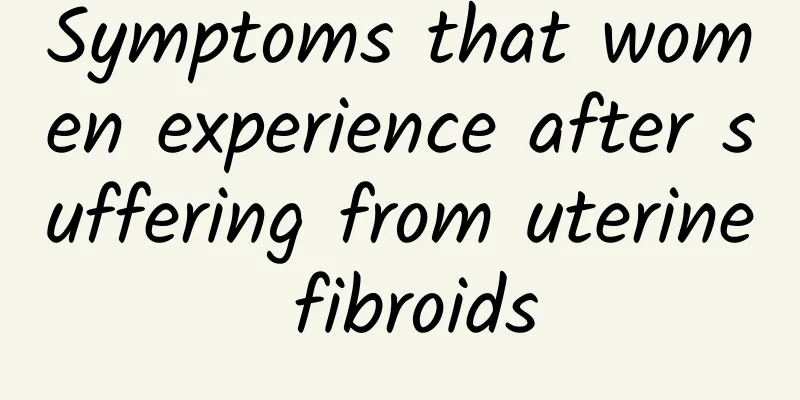What are the symptoms of pelvic inflammatory disease and cervicitis

|
Pelvic inflammatory disease and cervicitis are common gynecological diseases with symptoms including lower abdominal pain, abnormal discharge, and pain during sexual intercourse. Treatments include antibiotics, topical medications, and lifestyle adjustments. 1. Lower abdominal pain: Pelvic inflammatory disease and cervicitis often cause persistent or intermittent pain in the lower abdomen, and the pain may radiate to the waist and back. It is recommended to seek medical attention in time. The doctor will prescribe antibiotics such as cephalosporins, metronidazole or doxycycline according to the condition, and physical therapy to relieve pain if necessary. 2. Abnormal discharge: Patients with cervicitis often have increased vaginal discharge, abnormal color such as yellow or green, or with a strange smell. Pelvic inflammatory disease may be accompanied by purulent discharge. Local medications such as vaginal suppositories such as clotrimazole and metronidazole suppositories can relieve symptoms. At the same time, pay attention to personal hygiene and avoid using irritating washes. 3. Pain during sexual intercourse: Inflammation may cause pain or discomfort during sexual intercourse. Sexual intercourse should be avoided during treatment and resumed after the inflammation subsides. The doctor may recommend the use of anti-inflammatory drugs such as ibuprofen to relieve pain, and psychological counseling to reduce anxiety. 4. Fever and fatigue: Pelvic inflammatory disease may cause fever, chills and general fatigue, indicating a serious infection. You need to seek medical attention promptly. The doctor may use intravenous antibiotics such as ceftriaxone or a combination of drugs to control the infection. At the same time, you should pay attention to rest and nutritional supplements. 5. Urinary discomfort: Some patients may experience frequent urination, urgency, or pain during urination, indicating that the inflammation may affect the urinary system. It is recommended to drink plenty of water and avoid spicy food. The doctor may prescribe antibiotics such as levofloxacin or nitrofurantoin for treatment. Symptoms of pelvic inflammatory disease and cervicitis vary, and timely medical treatment and standardized treatment are key. During treatment, you should pay attention to personal hygiene, avoid fatigue and sexual intercourse, and have regular checkups to ensure that the inflammation has completely subsided and prevent recurrence. |
<<: Can patients with polycystic ovary and amenorrhea drink deer placenta cream?
>>: What are the symptoms of functional uterine bleeding?
Recommend
What are the symptoms of women with vulvar leukoplakia?
What are the symptoms of women with vulvar leukop...
Want to lose weight successfully and healthily? Your body tells you these 5 things you must remember
When you are constantly critical of your body sha...
What are the main causes of cervical erosion? Summary of the four major causes of cervical erosion
In daily life, more and more women now pay more a...
Just can’t lose weight? All-round weight loss, look here
The main reason for weight gain is that the calor...
How to relieve pain in adenomyosis
How to relieve pain in adenomyosis? Patients with...
Experience in treating 10 cases of congenital absence of vagina
Congenital absence of vagina is a serious problem...
How to treat the causes of cervical hypertrophy
The simple cause of cervical hypertrophy will not...
Does physical therapy for 3rd degree erosion cause irregular menstruation?
Does physical therapy for 3rd degree erosion caus...
Does cervicitis increase the risk of infertility in women? Five things you must do to prevent cervicitis
Due to the particularity of the female body, and ...
What is the cause of pelvic effusion after surgery?
Female friends with pelvic effusion should avoid ...
What to do if you want a natural abortion
Miscarriage is a very sensitive and complex topic...
Hospitals with better surgery for hyperprolactinemia
Among gynecological diseases, hyperprolactinemia ...
What is an ovarian cyst in early pregnancy?
Ovarian cysts in early pregnancy may be related t...
How much do you know about uterine cysts?
How much do you know about uterine cysts? Uterine...
The best treatment for uterine prolapse at the age of 72
The best treatment for uterine prolapse at the ag...









